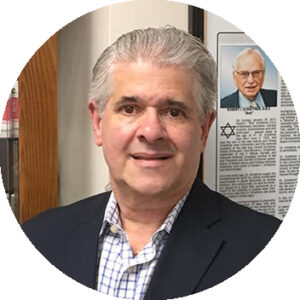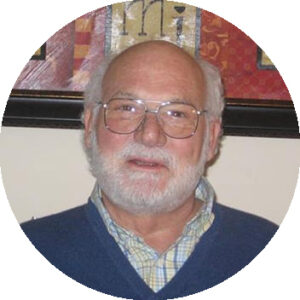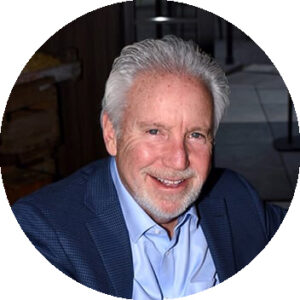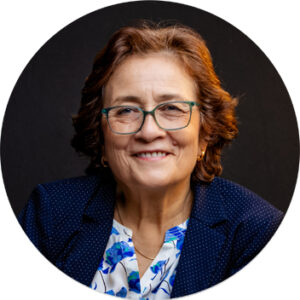Chloraseptic
How was it that one man, working alone, could make a discovery that eluded hordes of well-financed researchers working in well-equipped laboratories?
The journey started one summer evening back in 1952, at a party on Long Island, when a man complained to a dentist friend that he was in misery—he had had several teeth extracted that afternoon.
Later, on his way home, the 27-year-old dentist—Dr. Robert I. Schattner—started thinking about his friend’s complaint. And decided to try to do something about it. Although Dr. Schattner’s private dental practice was keeping him busy 12 hours a day, he schemed to find time for a task he knew was to be of several years’ duration.
To get the project off the ground, in early 1953, Dr Schattner enlisted the aid of a druggist in Bayside, New York. The friend let him use a little drugstore space to weigh and measure ingredients in off-hours- early in the morning and late at night. It took him until 1957 to come up with the right formula. Chloraseptic was born.
But making the discovery was only the first step. The product had to be thoroughly tested and it had to be known to the public-a tall order for a man working alone and maintaining a dental practice. As a first step he arranged for clinical studies to be made so its performance could be scientifically established. The studies showed that the product was safe and very effective.





